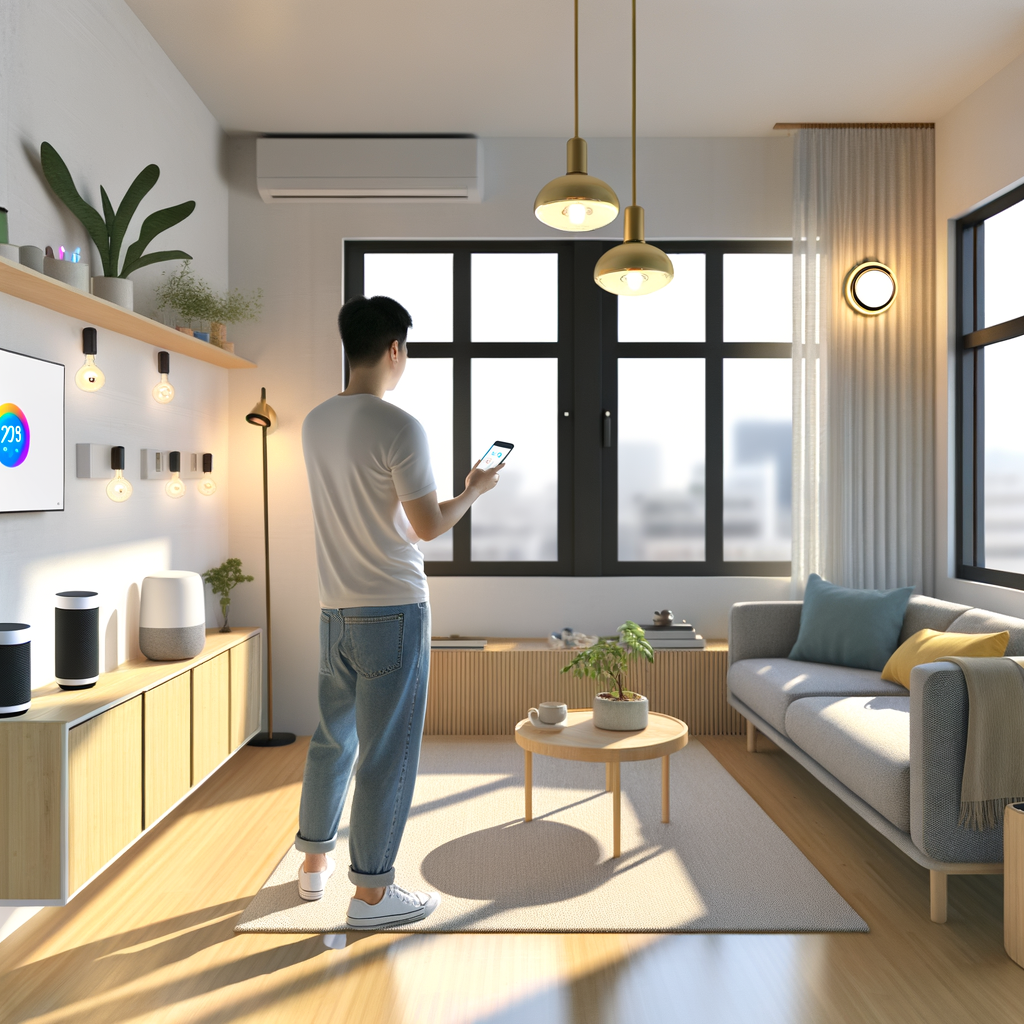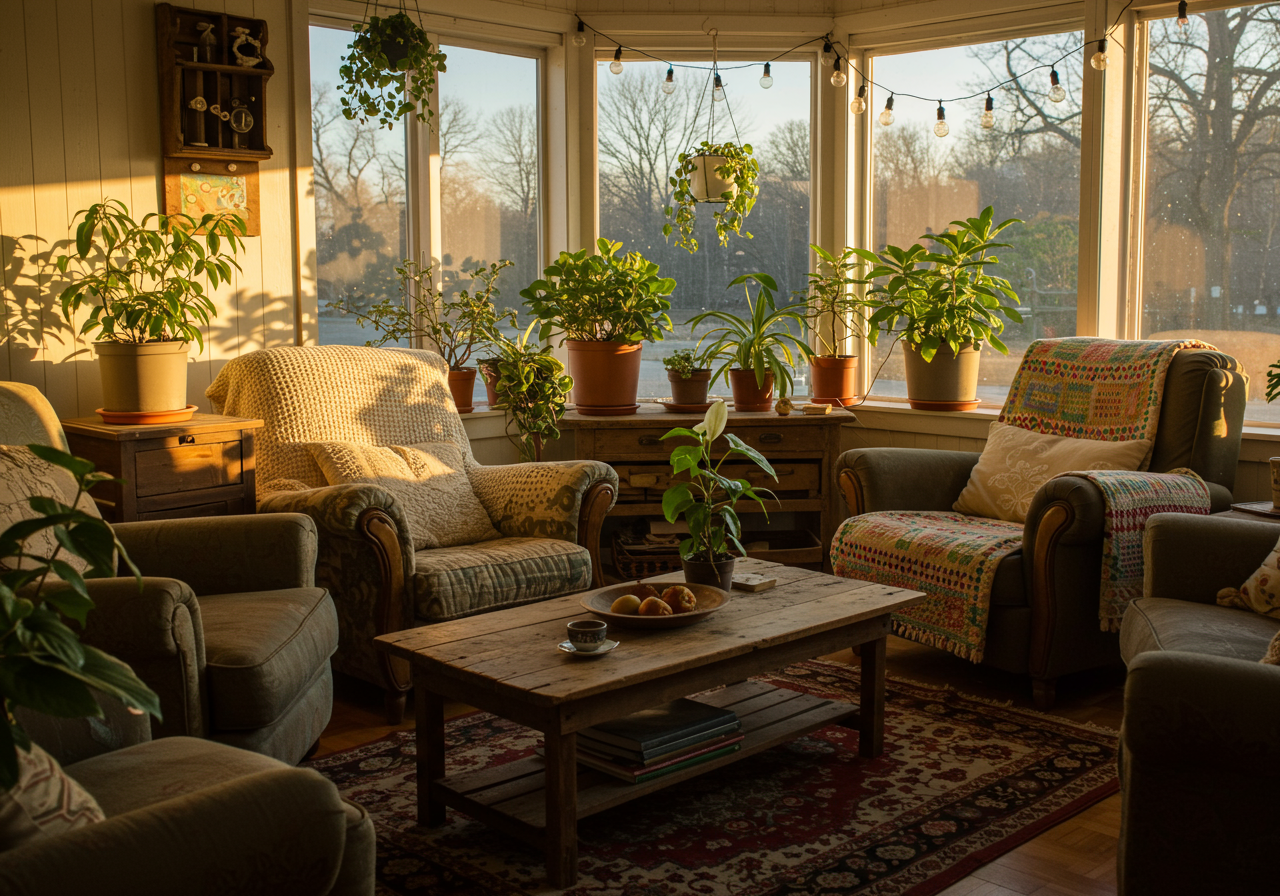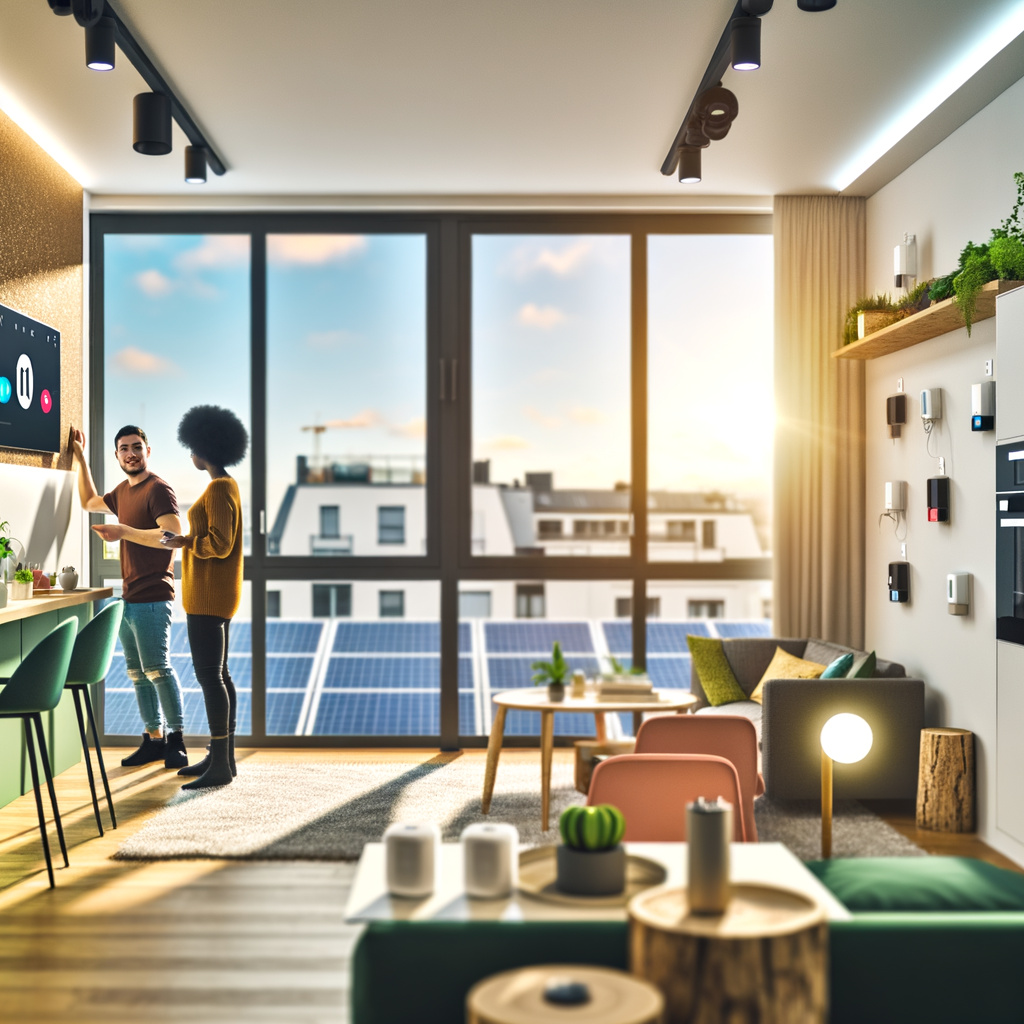Myth-Busting Smart Homes: 5 Common Misconceptions Renters Have About Eco-Friendly Tech
Smart home technology has exploded in popularity over the past decade, and with good reason. Energy-saving plugs, lights, thermostats, and more promise to make our lives easier, lower our bills, and reduce our environmental footprints. But if you’re a renter, you might think smart, eco-friendly upgrades are out of reach, are too expensive, or simply aren’t worth the hassle.
Let’s set the record straight. In this guide, we’ll debunk the top five smart home myths renters believe about eco-friendly tech. You’ll find practical advice, product recommendations, and smart ways to make your rental greener—without breaking your lease or your budget.
Myth 1: “Smart Home Tech Isn’t for Renters.”
Truth: The days of smart homes being just for homeowners are over. Today’s eco-friendly devices are designed with flexibility, portability, and simplicity in mind—perfect for renters.
Why This Myth Exists
- Belief that major wiring or construction is required
- Concerns about landlord approval or lease violations
- Fear of having to leave investments behind when moving
Portable Tech, Zero Commitment
Many top smart home products are plug-and-play or install with adhesive strips, not screws or wires. Examples include:
- Smart plugs—Just insert into an outlet, set up with an app, and control lamps, fans, or small appliances remotely.
- LED smart bulbs—Easily screw into existing lamps or fixtures, work with voice assistants, and use less electricity than traditional bulbs.
- Wi-Fi thermostats and sensors—Some models simply replace your old thermostat with no need to rewire (just store the old unit and pop it back before moving out).
- Door/window sensors and security cameras—Many attach with strong but removable adhesive strips.
Actionable Advice for Renters
- Check your lease: Most leases allow portable tech and minor upgrades as long as you leave the property as you found it.
- Opt for non-permanent installations: Look for products marketed as “renter-friendly” or “no-drill required.”
- Save original fixtures: Keep any original hardware you swap out, so you can restore them before moving out.
Myth 2: “Eco-Friendly Smart Devices Cost Too Much.”
Truth: Smart devices aren’t just for tech enthusiasts with deep pockets. Prices have dropped, and many energy-saving tools quickly pay for themselves through lower utility bills.
Common Misconceptions About Price
- The initial sticker shock of smart thermostats, plugs, or bulbs
- The belief that new tech always requires expensive installation
- Doubts about long-term savings for those who might move soon
Smart Spending, Immediate Savings
Many affordable options can significantly cut your monthly expenses:
-
Smart plugs and strips (under $25 each):
Control your electronics’ energy use and see immediate savings. Set routines to shut off energy vampires when you’re not home. -
LED smart bulbs ($10-$20 each):
Use less power and last longer than traditional bulbs. Colors and brightness are customizable, too. -
Wi-Fi thermostats (from around $50):
Schedule heating/cooling efficiently, lower bills, and stay comfortable.
Rebates, Sales, and Other Savings Tips
- Check utility rebates: Many power or gas companies offer partial rebates or instant discounts for energy-efficient products.
- Shop holiday deals: Big sales like Prime Day or Black Friday often discount smart home essentials.
- Choose multi-pack deals: Bundles of bulbs or plugs can save money.
Myth 3: “Installation Is Complicated and Requires Major Changes.”
Truth: Today’s smart home gadgets are designed for easy, DIY installation. Most setups take minutes and require just a smartphone.
Why Renters Worry
- Assumptions that everything needs hardwiring or drilling holes
- Lack of familiarity with tech
- Concerns about damaging walls or fixtures
How Quick and Easy It Really Is
Tech companies know their audience. Nearly every eco-friendly smart home product ships with:
- Step-by-step app and video guides
- Wireless (Wi-Fi or Bluetooth) connectivity
- Plug-and-play or adhesive installation options
Starter Upgrades That Take 5 Minutes or Less
- Swap in a smart bulb: Screw in, download the app, and connect to Wi-Fi. Done.
- Plug in a smart outlet: Pair via Bluetooth—control from your phone or voice assistant instantly.
- Install a removable window sensor: Peel the adhesive and stick. Get real-time alerts, no tools needed.
Tips for a Hassle-Free Setup
- Read user reviews for “renter-friendly” mentions before buying.
- Start with one device (like a smart bulb) to build confidence.
- Store an installation video from the manufacturer for easy reference come move-out time.
Myth 4: “Smart Tech Sacrifices Privacy.”
Truth: Privacy is an important concern, but modern smart devices offer robust protections—and you control what data is shared.
Where Privacy Concerns Come From
- Headlines about data breaches or hacking
- Misinformation about what devices actually record or transmit
- Uncertainty about how to secure networks and devices
Protecting Yourself Is Easy
-
Choose respected brands:
Major manufacturers have transparent privacy policies and regular security updates. -
Secure your Wi-Fi:
Use strong, unique passwords and enable two-factor authentication when possible. -
Control data sharing:
Review app permissions and disable features you’re uncomfortable with. -
Turn off mics/cams:
Many devices have physical switches to disable microphones or cameras when not needed.
Questions to Ask Before Buying
- Does this device offer privacy settings?
- How does the company handle and store data?
- Are updates and patches provided regularly?
- Can I adjust or disable cloud connectivity features?
Myth 5: “Eco-Friendly Tech Makes a Tiny Impact.”
Truth: Even small changes can add up—especially in rentals. The right smart devices can cut energy, water, and environmental waste significantly.
Why This Myth Lingers
- The “drop in the ocean” thinking—assuming only major renovations matter
- Lack of visibility into actual savings from individual actions
- Overlooking the amplified impact of renters (who make up 35%+ of US households)
Real-World Impact, Even in Apartments
-
Smart bulbs:
Use up to 80% less energy and last 10x longer than incandescent bulbs. -
Smart plugs:
Auto-off schedules can cut standby power drain, lowering electricity by up to 10%. -
Wi-Fi thermostats:
Save the average user $50–$120 per year in heating/cooling costs. -
Smart shower heads or leak sensors:
Detect and eliminate water waste, saving you (and the planet) hundreds of gallons annually.




